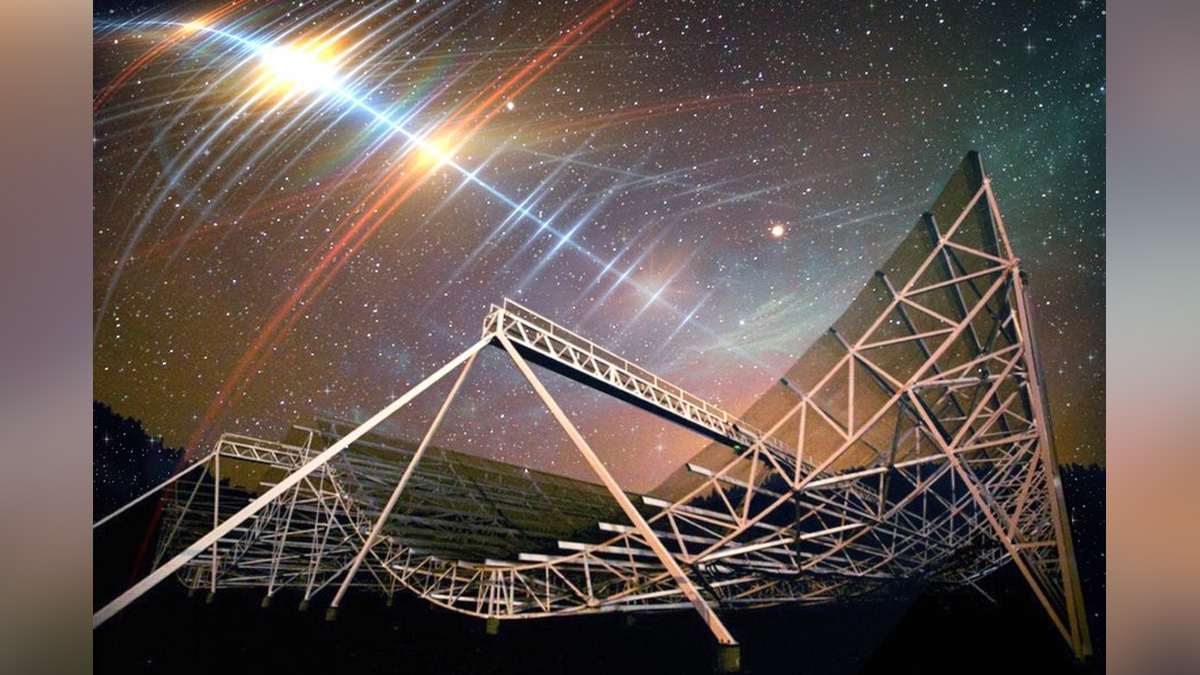Astronomers detect mysterious fast radio burst with a ‘heartbeat’ pattern
New York : Astronomers have detected a strange and persistent radio signal from a far-off galaxy that appears to be flashing with surprising regularity, similar to a ‘heartbeat’.
The signal is classified as a fast radio burst, or FRB an intensely strong burst of radio waves of unknown astrophysical origin, that typically lasts for a few milliseconds at most.
However, this new signal, labelled FRB 20191221A, persisted for up to three seconds about 1,000 times longer than the average FRB.Within this window, the team, including from Massachusetts Institute of Technology (MIT), detected bursts of radio waves that repeat every 0.2 seconds in a clear periodic pattern, similar to a beating heart.
FRB 20191221A is currently the longest-lasting FRB, with the clearest periodic pattern, detected to date. The source of the signal lies in a distant galaxy, several billion light-years from Earth, according to the discovery reported in the journal Nature.
However, exactly what that source might be remains a mystery, though astronomers suspect the signal could emanate from either a radio pulsar or a magnetar, both of which are types of neutron stars extremely dense, rapidly spinning collapsed cores of giant stars.
“There are not many things in the universe that emit strictly periodic signals,” said Daniele Michilli, a postdoc in MIT’s Kavli Institute for Astrophysics and Space Research.”Examples that we know of in our own galaxy are radio pulsars and magnetars, which rotate and produce a beamed emission similar to a lighthouse.
And we think this new signal could be a magnetar or pulsar on steroids.”In analysing the pattern of FRB 20191221A’s radio bursts, Michilli and his colleagues found similarities with emissions from radio pulsars and magnetars in our own galaxy.
But the main difference between the new signal and radio emissions from our own galactic pulsars and magnetars is that FRB 20191221A appears to be more than a million times brighter.
Michilli said the luminous flashes may originate from a distant radio pulsar or magnetar that is normally less bright as it rotates and for some unknown reason ejected a train of brilliant bursts, in a rare three-second window that CHIME was luckily positioned to catch.
CHIME is Canadian Hydrogen Intensity Mapping Experiment an interferometric radio telescope consisting of four large parabolic reflectors that is located at the Dominion Radio Astrophysical Observatory in British Columbia, Canada.


Comments are closed.